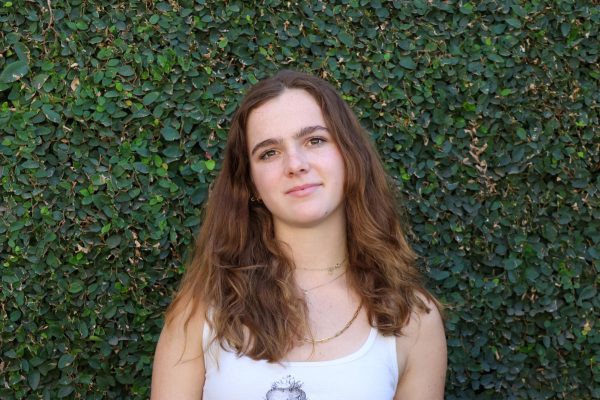It was March 8, 2021. I anxiously paced around my room, attempting to stay calm as 5 p.m. ticked closer. In just a few minutes, I would learn not only where I would go to school for the next four years but also the connections I would make, the education I would have access to and the opportunities I would have presented to me. I wasn’t waiting on a college decision — this was me at 14 years old, hoping to get accepted to Harvard-Westlake.
In a lot of ways, the school’s admissions process reflects those at colleges — students submit standardized test scores, write essays and conduct interviews. The school, like most prestigious colleges, aims to form a holistic picture of each candidate. However, one area in which the school has fallen behind top colleges and many prestigious independent schools is their approach to financial aid.
Many prestigious colleges around the nation have adopted a need-blind approach to financial aid in which a students’ financial position isn’t taken into account at all. Notable examples include the eight Ivy League schools, Stanford University, University of Chicago and Tulane University. Furthermore, various similarly-endowed independent high schools have implemented need-blind admissions, such as Cate School and Horace Mann School. The school has certainly made strides with financial aid — it offers students a comprehensive aid package, meaning that students on financial aid will have access to the same opportunities as those paying full tuition. It has also increased the number of students receiving financial aid from 17.4% of the student body in 2011 to 20% in 2024. Yet, family income is still a factor in students’ admissions results. Even though students, regardless of their ability to pay tuition, are considered in the same applicant pool in the first round of the admissions process, financial aid later becomes a factor. The school currently only allows for a finite number of students on financial aid each year, meaning that the difference between an acceptance and rejection could come down to a students’ socioeconomic status.
This is something that has a direct, distorting effect on the environment that the school fosters. Ninety percent of families in Los Angeles qualify for financial aid. Yet, 80% of the school’s population comes from the other 10%, according to Director of Financial Aid Greg Gonzalez. School is a place where students learn skills needed to succeed in the real world. Yet, students are confined to a small, privileged sphere where most families can spend over $40,000 in tuition a year. Learning about the outside world becomes difficult to do with peers from homogenous socioeconomic backgrounds.
The school is the wealthiest independent middle and high school in California, with net assets totaling $583 million in 2023, according to their 990 forms. With such a massive budget, the school should further prioritize financial aid and hold themselves to the standards pioneered by other independent schools. Students should be selected based on merit and given the extensive resources that the school has the capacity to provide, regardless of their ability to pay. While this is a difficult threshold to reach and cannot be implemented immediately, the school should set this as an objective for the near-future.
Need-blind admissions would be an ambitious goal for the school to set, one that would require a lot of time and even more money to implement. However, I am presenting it as just that — a goal. The school should work towards setting this objective and should continue expanding their financial aid budget. The school should direct more of their large pool of funds towards creating need-blind admissions — it should be established as a goal for donors, administrators and admissions officers to work toward.






























